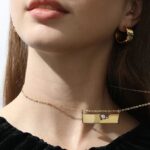
Mr. Tao Jiangli, a member of the British Gemmological Association, education officer, and senior jewelry scholar, published “The Comprehensive Guide to European Antique Jewelry” in 2022. This book is particularly precious among the already scarce Chinese jewelry literature. As it hasn’t been reprinted yet, I was fortunate to acquire a copy during a casual visit to Tsutaya Bookstore.
Even now, browsing through it feels like exploring a museum of time, with the history of jewelry distilled through ages, condensing the imprints of eras before my eyes, making each reading experience richly rewarding.

The centuries-old history of Western antique jewelry originated in the Renaissance, flourished in the Victorian era, became psychedelic in Art Nouveau, dashing in the Edwardian period, reborn in Art Deco, and then increasingly popularized and commercialized in contemporary pop culture.
The themes after the 1920s – the rise of Art Deco, the popularity of naturalism, and the feminist ideology still trendy today – showcase economic fluctuations and aesthetic awakenings through narrative styles of gemstones and symbols in the works.
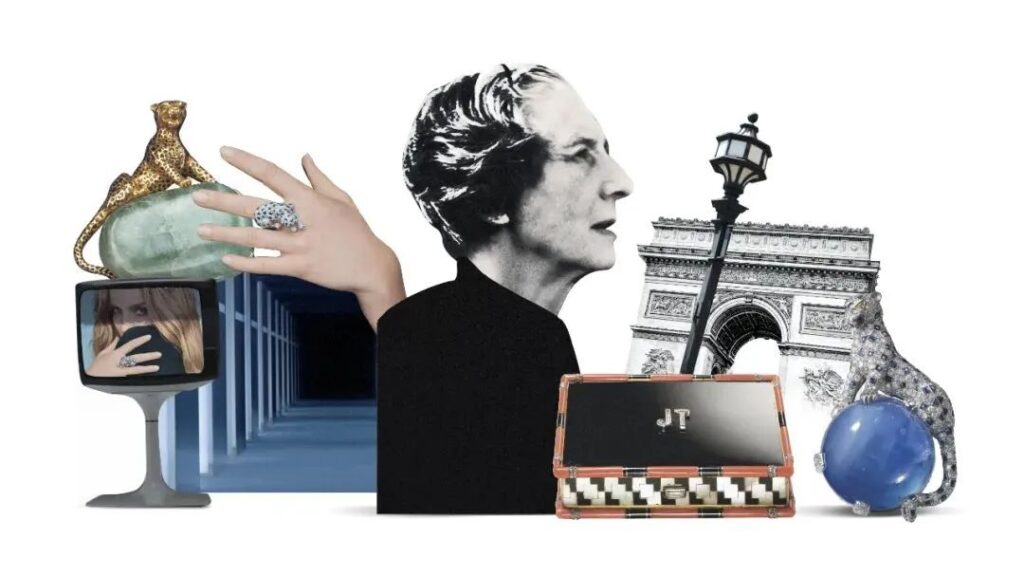
In this continuous evolution of style, one woman played a crucial role and has been shaping jewelry history for many years since. Her name is Jeanne Toussaint.
In the jewelry world, mentioning the name “Jeanne Toussaint” is as universally recognized as the panther image of Cartier. She is not only the creator of this iconic image, but her own story is as dazzling and captivating as the jewelry she designed.
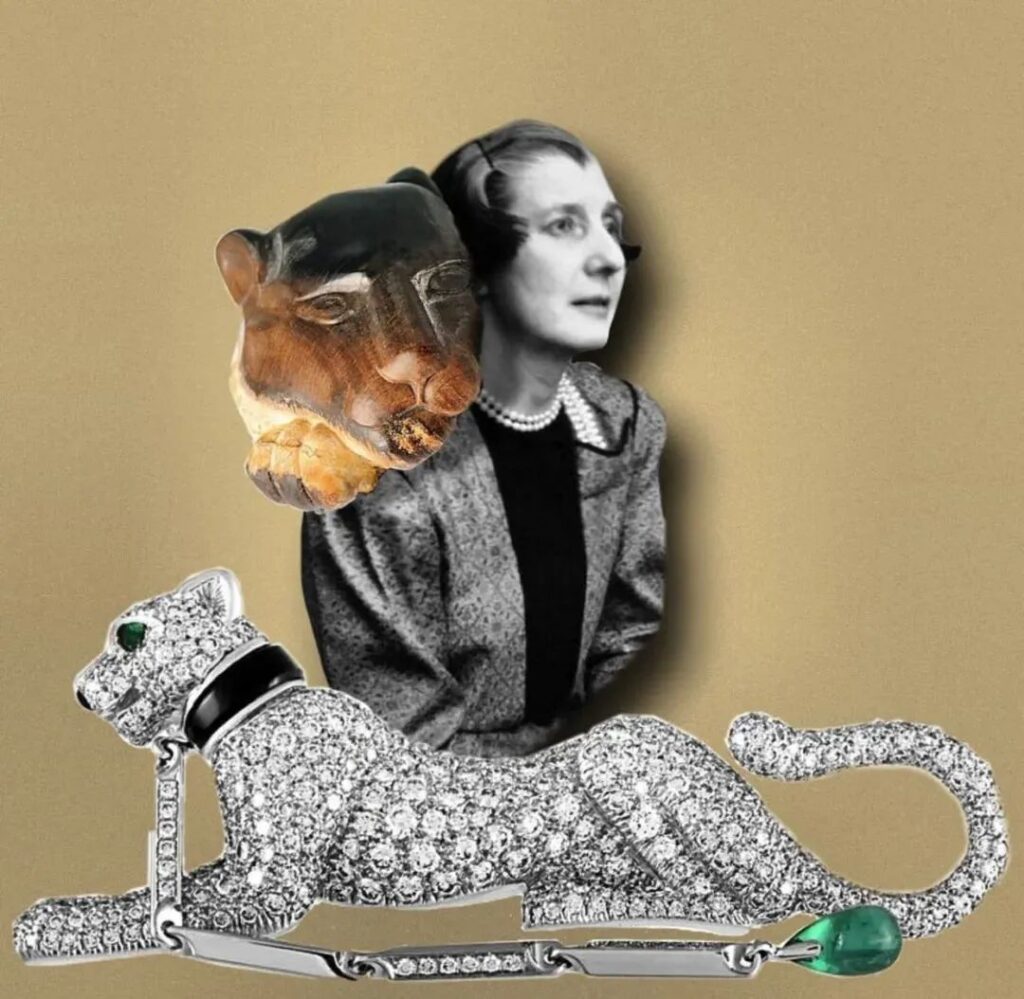
The Parisian social circle of the Belle Époque called her:
“La Panthère” (The Panther Lady).
In the early 20th century, Western Europe was experiencing the “Belle Époque” – a beautiful era of prosperity. Paris under Napoleon III was undoubtedly the world’s capital: all fashion trends converged in Paris, with days spent at the Louvre and evenings at the opera. People pursued elegant and exquisite art pieces, antique appreciation, and an extremely luxurious lifestyle.
By chance, an 18-year-old girl named Jeanne Toussaint, born into a family of Brussels lace merchants, found her way into the vibrant and colorful Paris.
Young Toussaint quickly became a regular in Parisian celebrity and artistic circles. With her innate aesthetic talent, she designed handbag accessories for young ladies that sparked buying frenzies.
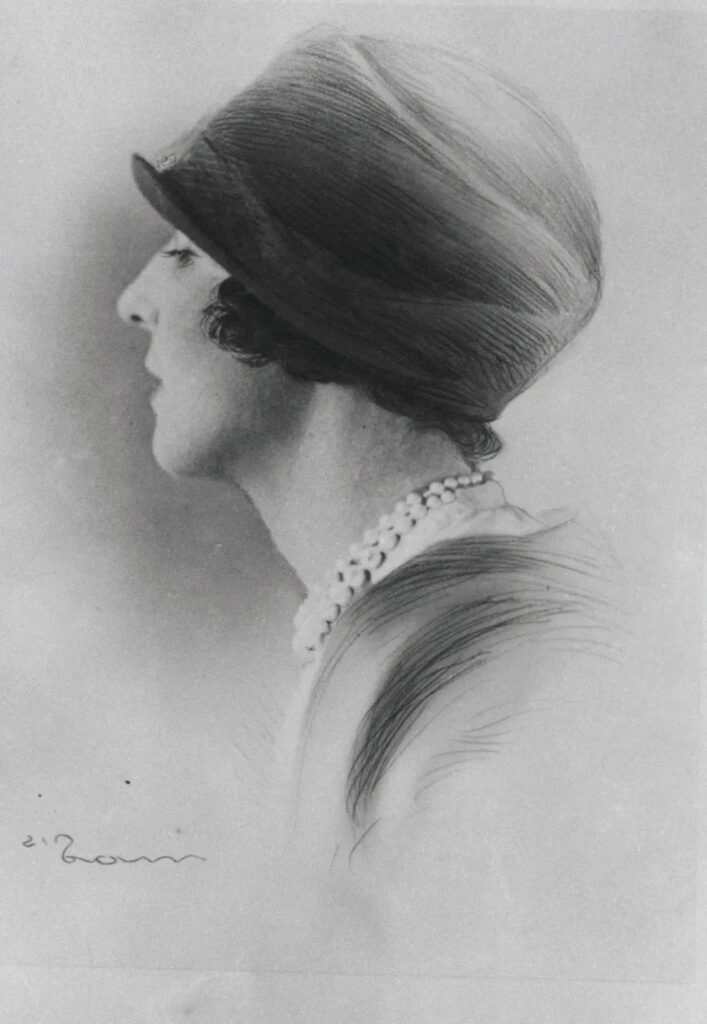
On the eve of World War I, this young girl met Louis Cartier, grandson of Cartier’s founder.
From their first encounter, these two equally vibrant and independent souls hit it off almost instantly. Louis Cartier was deeply impressed by Jeanne Toussaint’s discerning taste and creativity. In 1918 or 1919, he invited her to join Cartier, initially designing handbags, then expanding to jewelry boxes, cigarette cases, small leather goods, and personal accessories. From 1919 onwards, many of her works featured panther motifs made of gemstones, which became her personal signature.
Her agile mind, strong will, fashionable leopard-print home decor, and fondness for early Cartier panther jewelry earned her the nickname “La Panthère” (The Panther Lady).
Parisian ladies stopping at a Cartier window display
In 1924, under Louis Cartier’s guidance, Jeanne Toussaint was tasked with leading the newly established “S Department” (S for Silver), creating the “Boutique” series for a broader clientele. Subsequently, Toussaint became more involved in jewelry design.
Jeanne Toussaint’s style was as bold and avant-garde as she was, perfectly integrated with her personality.
She loved color, generously using bright and precious materials in unconventional combinations: rubies, emeralds, colored sapphires, citrines, topazes, peridots, and corals… Her friend Givenchy said she was “like a great painter,” creating her own magnificent palette with the world’s most precious colored gemstones.
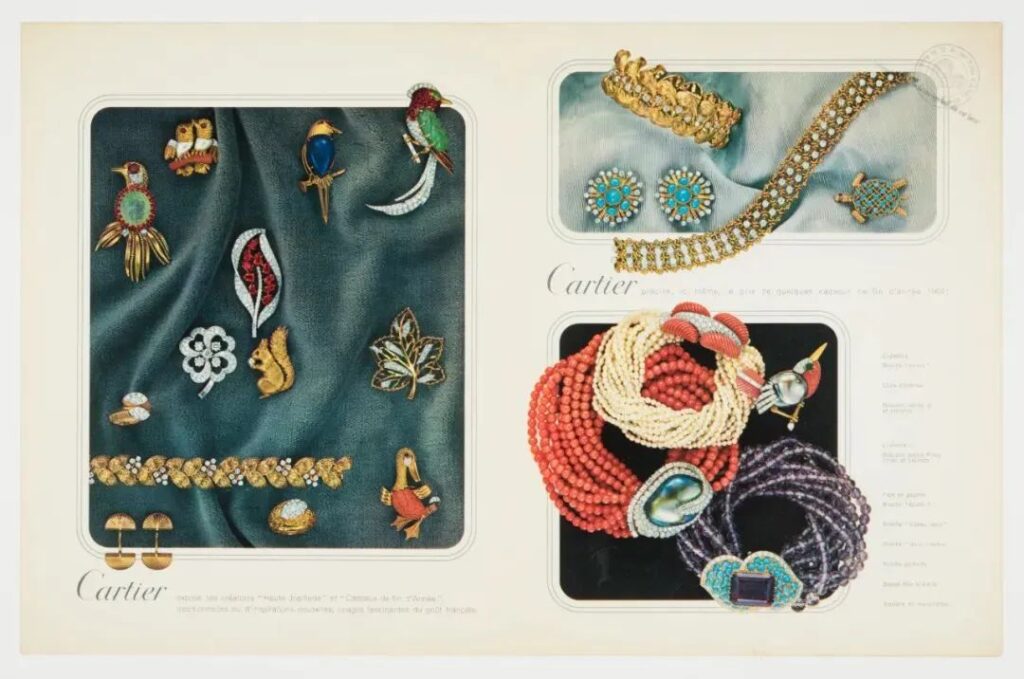
After World War II, she actively promoted the revival of gold. Inspired by Indian jewelry, Toussaint paired sparkling gold with colorful gemstones. The combination of gold’s warm texture and novel colors was eye-catching at the time.
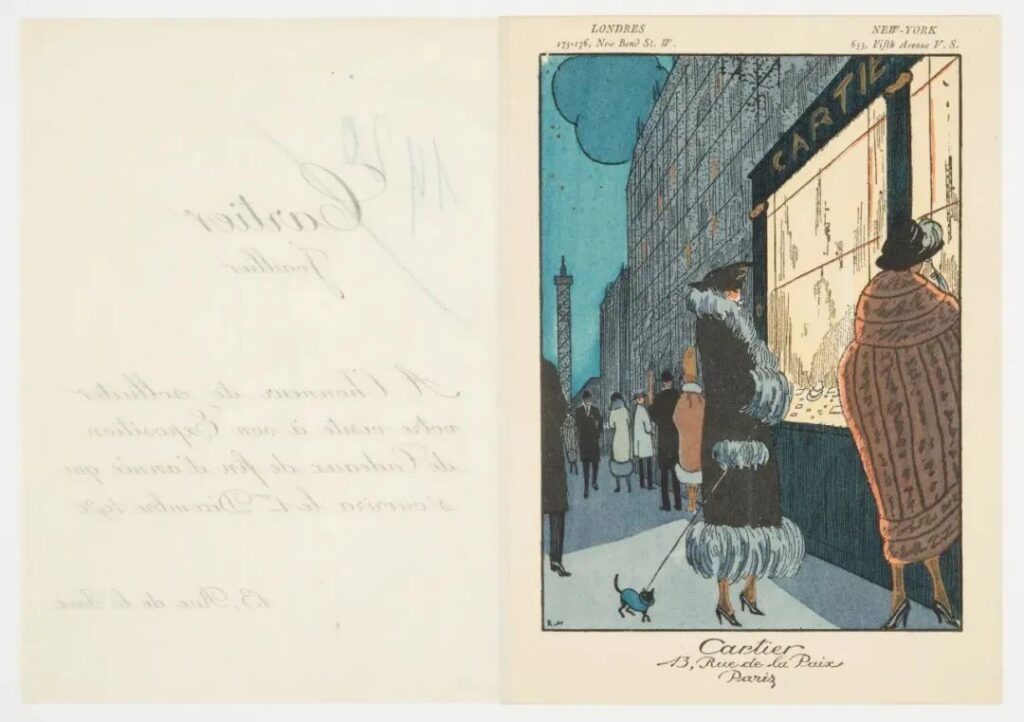
The panther image first entered Cartier’s world a few years earlier, in 1914. At that time, Cartier commissioned painter George Barbier to design a portrait featuring a lady and a panther for use on event invitations and display cards: a classic beauty in a fashionable corset dress, wearing a pearl necklace symbolizing purity, with a black panther at her feet.
This permanently linked the panther with jewelry – two eternal expressions of femininity.
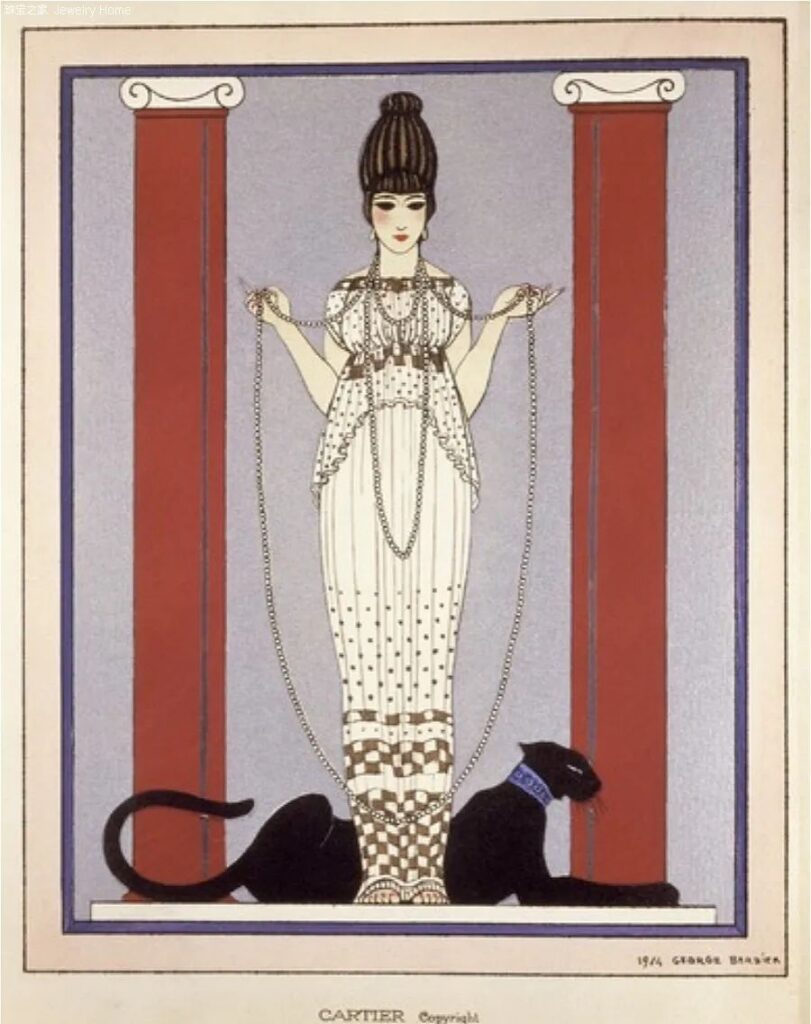
In the same year, a panther pattern made of onyx and diamonds appeared on a wristwatch, marking the panther’s leap from a figurative image to a classic motif in Cartier’s world, recurring in their designs.
In 1915, the panther pattern was applied to the square cover of a brooch watch, which was acquired for private collection by Pierre Cartier, grandson of Cartier founder Louis-François Cartier, in 1916. In 1917, a tortoise-shaped wristwatch featured the same pattern around its dial. In 1922, Cartier created its first articulated panther bracelet in platinum, set with diamonds and onyx.

As the panther pattern became Cartier’s signature, this beautiful, sensual, yet dangerous animal also replaced the corseted, pampered women of the “Belle Époque” to represent the new post-WWI woman – embodying strength, courage, and independence.
The panther motif began to appear more frequently in Cartier’s repertoire, though it was still more of a novelty than a deeply ingrained symbol.
The person who truly integrated the panther into Cartier’s DNA was, once again, Jeanne Toussaint.
Her own nickname was “La Panthère” – because she loved panthers so much. She wore leopard print furs, carried panther-adorned cigarette cases and handbags, and even decorated her home and wardrobe with fashionable panther patterns.
In 1948, the first three-dimensional panther was born – Toussaint created a gold and enamel panther brooch with emerald eyes for the Duchess of Windsor. The following year, the Duke of Windsor commissioned another panther brooch featuring a 152.35-carat Kashmir sapphire.
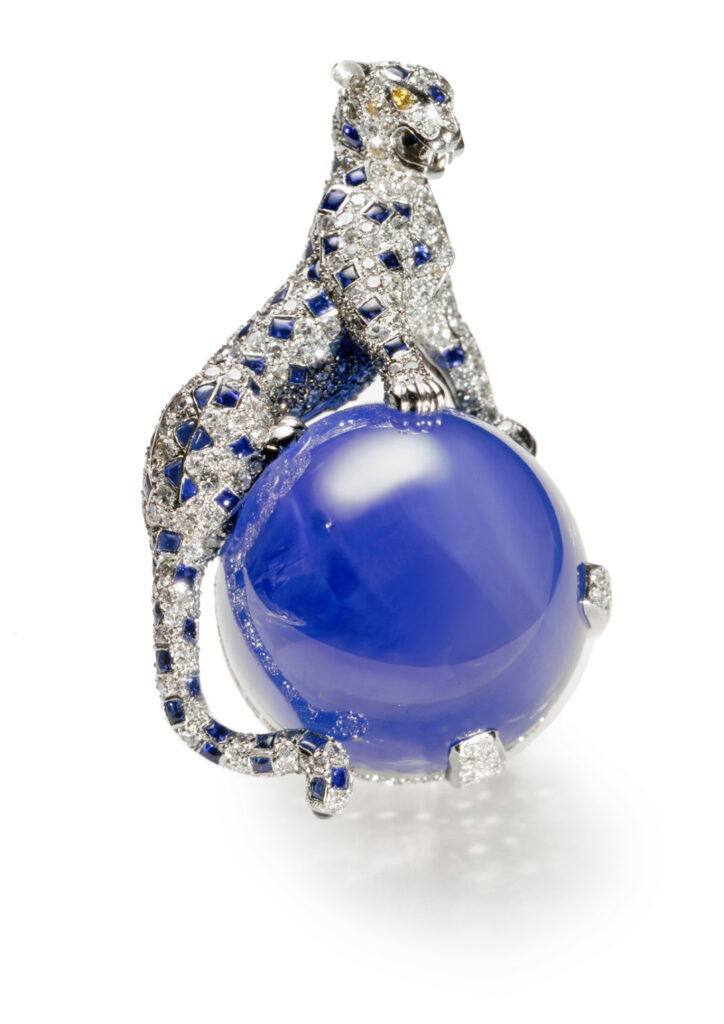
The Duchess of Windsor was enamored and soon ordered another piece of panther jewelry inlaid with onyx and diamonds – this time an articulated bracelet. When lying flat in the jewelry box, it appeared as a resting panther, but when worn, it moved gracefully on the wrist, both delicate and wild.
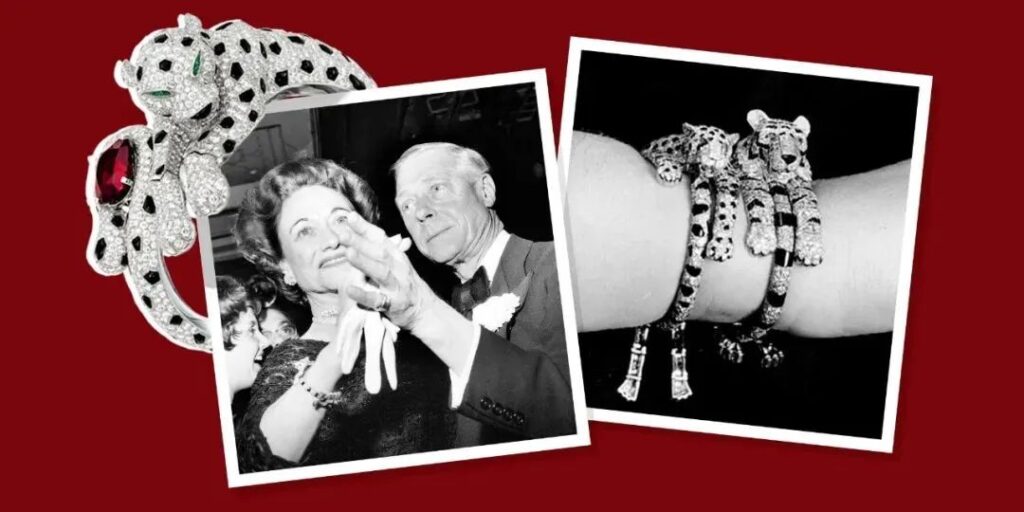
I believe that women who love panthers share something in common. Whether it’s the Duchess of Windsor or Mexican actress María Félix, they are all strong, determined, and composed independent women.
The passion these legendary women throughout history had for panthers also forged Cartier’s panther mythology.
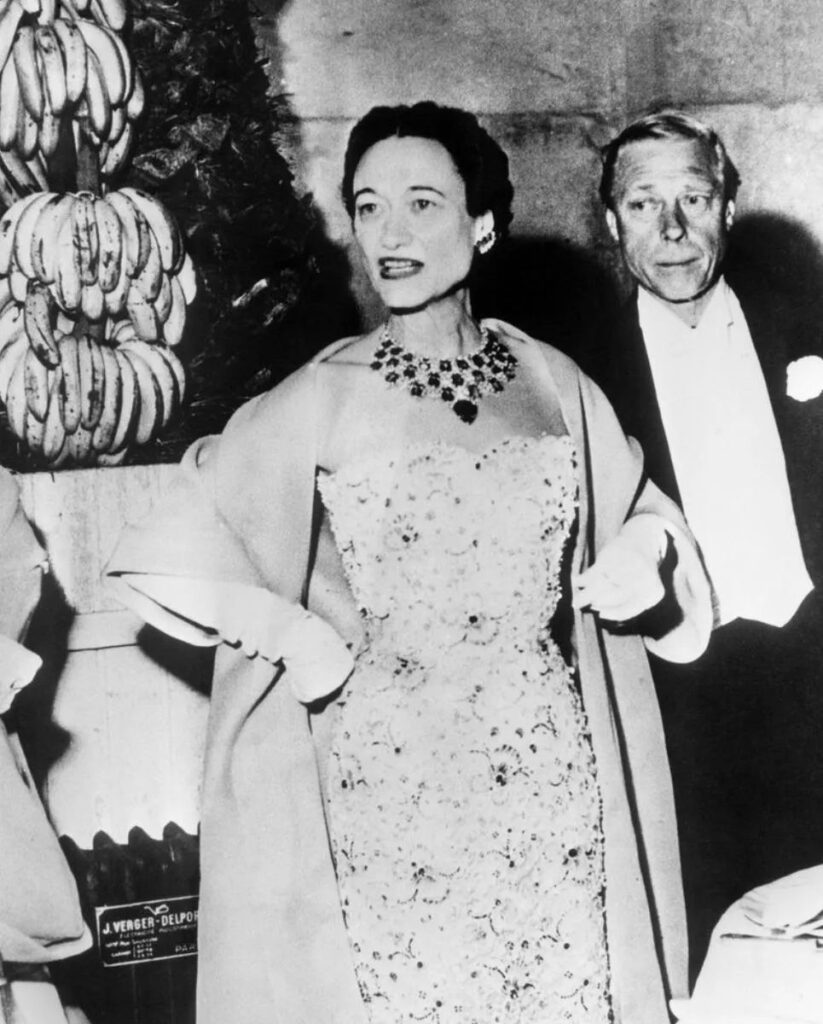
When British jewelry historian Daniela was asked about the most captivating piece she encountered during her decades at Sotheby’s, she replied: “It’s hard to pick just one, but the first that comes to mind is Cartier’s mythical panther bracelet made for the Duchess of Windsor. It’s so expressive, lifelike, with all the sensuality of a wild animal. It will still be an exquisite creation 200 years from now.”
To this day, the Cartier panther remains a symbol of the Cartier spirit, beloved by many beautiful and powerful women.
Composure forges wild inspiration; determination creates refined taste.
Like the panther, such is the legacy.
The Wild Panther’s Roar: How Jeanne Toussaint Sculpted Cartier’s Century-Long Legacy
Tweet

